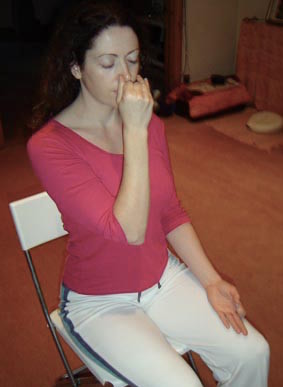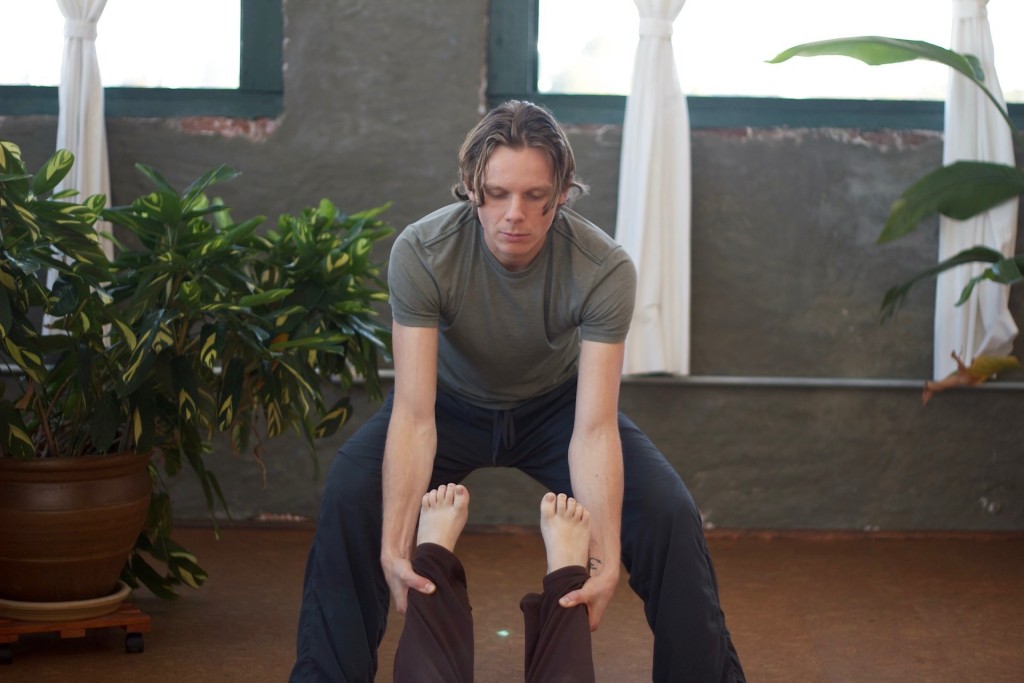What is Yoga in the Context of Therapy?
 Many people get confused (even yoga teachers) of the difference between Yoga Therapy and Physical Therapy. These two models may use similar assessment tools and even some similar physical tools to alleviate physical and structural deficiencies. Nevertheless, yoga is looking at the human system from a much different lens.
Many people get confused (even yoga teachers) of the difference between Yoga Therapy and Physical Therapy. These two models may use similar assessment tools and even some similar physical tools to alleviate physical and structural deficiencies. Nevertheless, yoga is looking at the human system from a much different lens.
Treating yoga as a form of therapy from this model means we are looking at the body, mind, and emotions as a whole. We look at the person’s lifestyle, patterns, and habits to assess the best approach for the individual. We recognize that the physical body is only one layer of a very complex system.
Yoga (and other modalities such as Chinese and Ayurvedic medicine) teaches that we are inherently balanced and healthy. Our goal is to use the tools yoga has to offer to encourage the human system to realign to its natural homeostasis. These tools may include but are not limited to physical exercises, breathing techniques, meditation techniques, food and lifestyle choices, and even using sound as a way to affect the system.
Potential Benefits may include but are not limited to:
- Pain management
- Stress reduction
- Alleviating anxiety
- Reducing symptoms of depression
- Structural realignment
- Diminishing symptoms from disorders such as arthritis, fibromyalgia, etc.
- Mitigating severe emotional responses
- Overall wellness
 Nathan’s Background in Yoga as Therapy
Nathan’s Background in Yoga as Therapy
Nathan’s experience of Yoga as Therapy has grown through many years of personal healing in his own body, through continued study of Yoga as Therapy from different schools of thought, and from working with individuals in his private practice.
In addition to the many teachers who helped Nathan as a young man on his path, he has also had the pleasure of studying extensively with several teachers of Yoga Therapy in the Desikachar lineage as well as with Doug Keller.
Nathan used breath, meditation practices, and diet to overcome a severe and debilitating panic and depression disorder he formed in late adolescence without the use of medication.
In his own body, Nathan has also used yoga to assist rehabilitating and healing after:
- Being born with his right leg over 3 inches shorter than the left (continual process of reevaluating patterns and adjusting postural habits after surgery and throughout aging)
- Dealing with the challenges of being born without a kidney and compromised adrenals
- Stabilizing his right knee back to full function after tearing his ACL in martial arts (non-surgically)
- Healing two severe tears in both rotator cuffs after injuring them on a trapeze (non-surgically)
- Stabilizing his left knee after a severe meniscus tear (non-surgically)
Please be sure to read our Appointment Policies before scheduling your session.



